1. Groundbreaking Kidney Disease Research

Japanese scientists have dedicated significant resources to combating Chronic Kidney Disease (CKD), the leading cause of death in older cats globally. Professor Toru Miyazaki’s work on the AIM (Apoptosis Inhibitor of Macrophage) protein, which naturally clears cellular debris in the kidneys, has led to a promising treatment expected to be commercially available soon. This highly anticipated drug could potentially extend a cat’s lifespan by several years by tackling the root cause of this widespread ailment, offering hope for lifespans reaching up to 30 years.
2. Emphasis on Early Detection for CKD

Vets in Japan often encourage more frequent, proactive health screenings that allow for the earlier detection of illnesses like Chronic Kidney Disease. Diagnosing CKD at Stage 1 or 2, rather than the later stages often seen in the US, allows veterinarians and owners to implement aggressive management strategies much sooner. Early intervention with specialized diets, medication, and fluid therapy can significantly slow the progression of the disease, ensuring a higher quality of life and adding years to a cat’s life.
3. High Standard of Veterinary Medical Care

Japan boasts a highly advanced and well-regulated veterinary system, with high standards of care and well-equipped clinics, as mandated by government guidelines. The rigorous education and licensing process for veterinarians ensure a high level of medical expertise. This commitment to excellence translates into sophisticated diagnostic capabilities and access to cutting-edge treatments, which contribute directly to the successful long-term management of age-related diseases.
4. Proactive Management Over Premature Euthanasia

In many Japanese veterinary practices, the prevailing mindset for older or chronically ill cats is one of active management and preservation of life, contrasting with a perceived tendency toward earlier euthanasia in some Western countries. Pet owners and vets in Japan often commit to extending a cat’s lifespan, even with serious conditions like late-stage CKD, through customized, attentive care. This commitment means specialized treatments are widely utilized to maintain comfort and quality of life for as long as possible.
5. Widespread Availability of Heartworm Prevention
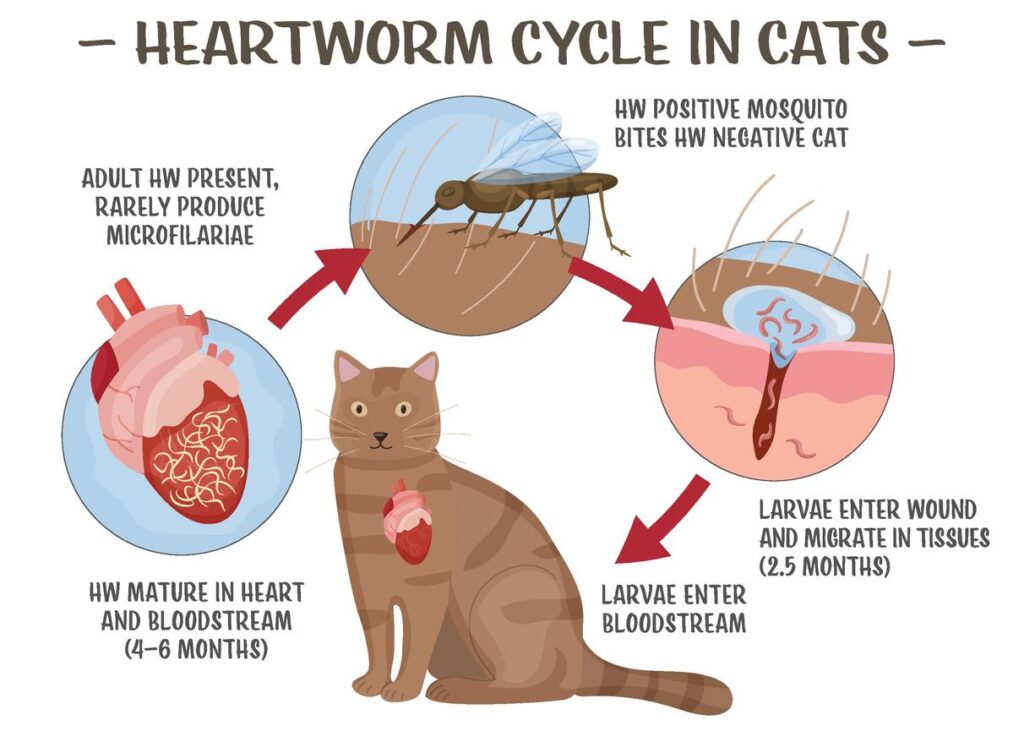
Just as heartworm is a serious concern for dogs, it can also affect cats, sometimes proving fatal. In Japan, preventative medicine, including heartworm medication, is widely adopted and routinely recommended by veterinarians for cats. This high rate of adherence to preventative care ensures cats are protected from a parasite that can cause serious illness and reduce their lifespan, reflecting a national emphasis on keeping pets safe from common threats.
6. Overwhelmingly Indoor Lifestyle

A primary and well-established factor in feline longevity is keeping cats exclusively indoors, a preference commonly adopted by Japanese cat owners, particularly in urban areas. Indoor cats are protected from the major dangers that shorten the lives of their outdoor counterparts, such as traffic accidents, fights with other animals, and exposure to contagious diseases or poisons. Eliminating these risks significantly extends a cat’s average lifespan, often past 15 years.
7. Compact Living Spaces Facilitate Supervision
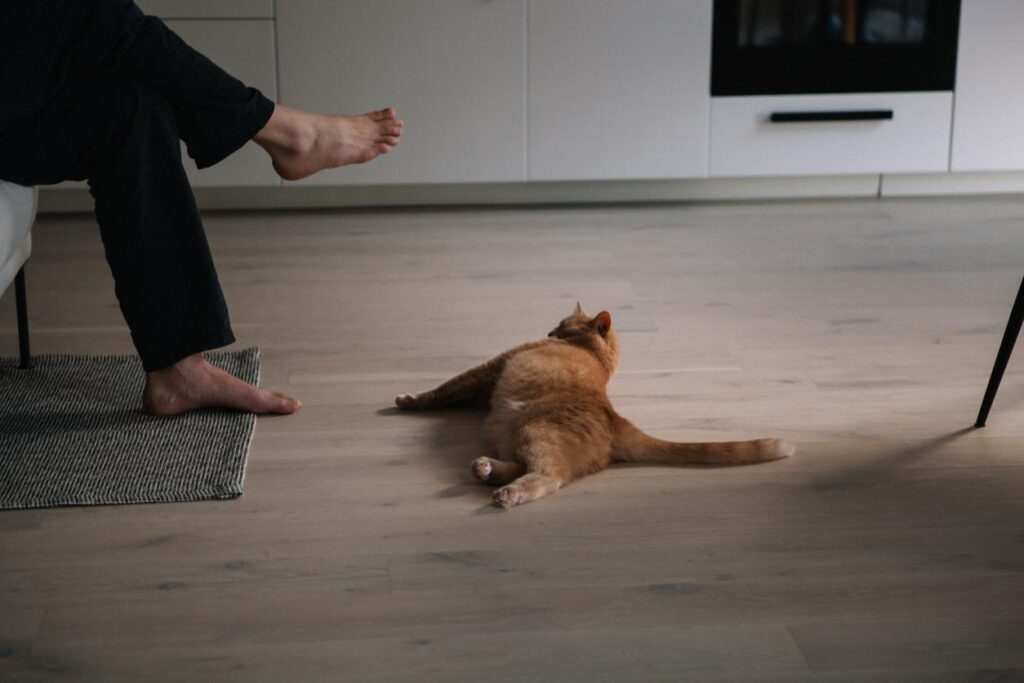
The smaller, often apartment-style living spaces in Japan make it easier for owners to keep their cats indoors and closely monitor their daily habits. Unlike the larger, rambling homes or rural settings common in the US that might allow cats more outdoor access, the compact environment naturally promotes safety. This close proximity allows owners to quickly spot subtle changes in eating, drinking, or litter box habits, early warning signs of illness, leading to faster veterinary intervention.
8. Emphasis on Stress-Reducing Environments
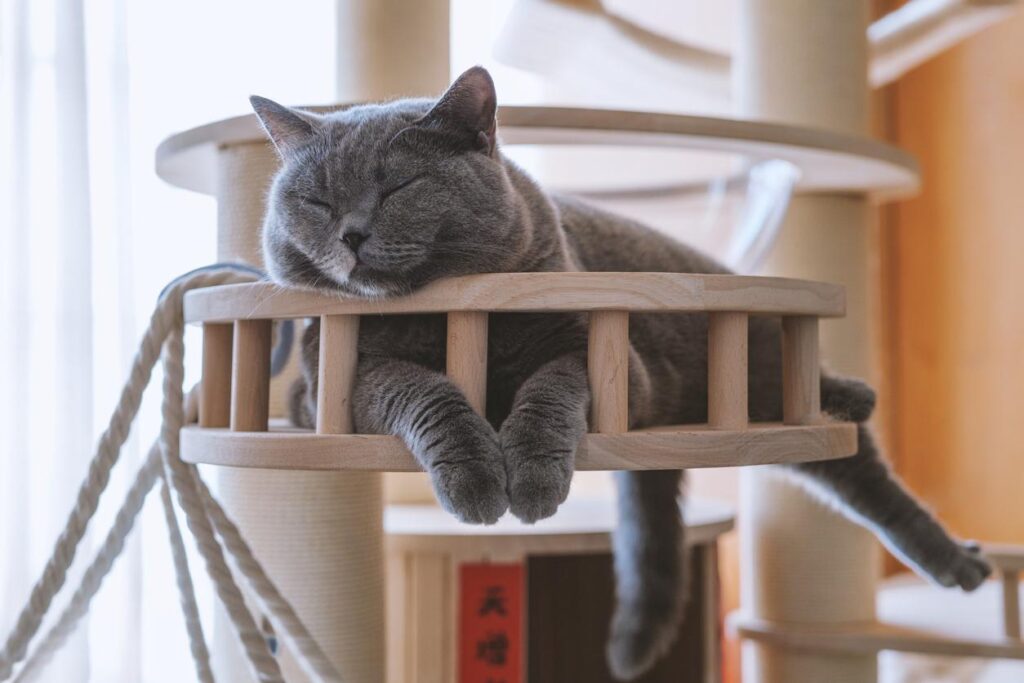
Japanese culture values quiet companionship and respect for personal space, which naturally influences cat ownership toward creating a calm and enriched indoor environment. Cat owners often incorporate elements like cat towers, scratching posts, and dedicated resting spots to reduce anxiety and boredom. A low-stress environment is crucial for longevity, as chronic stress can weaken the immune system and exacerbate existing health problems.
9. High Rate of Spaying and Neutering
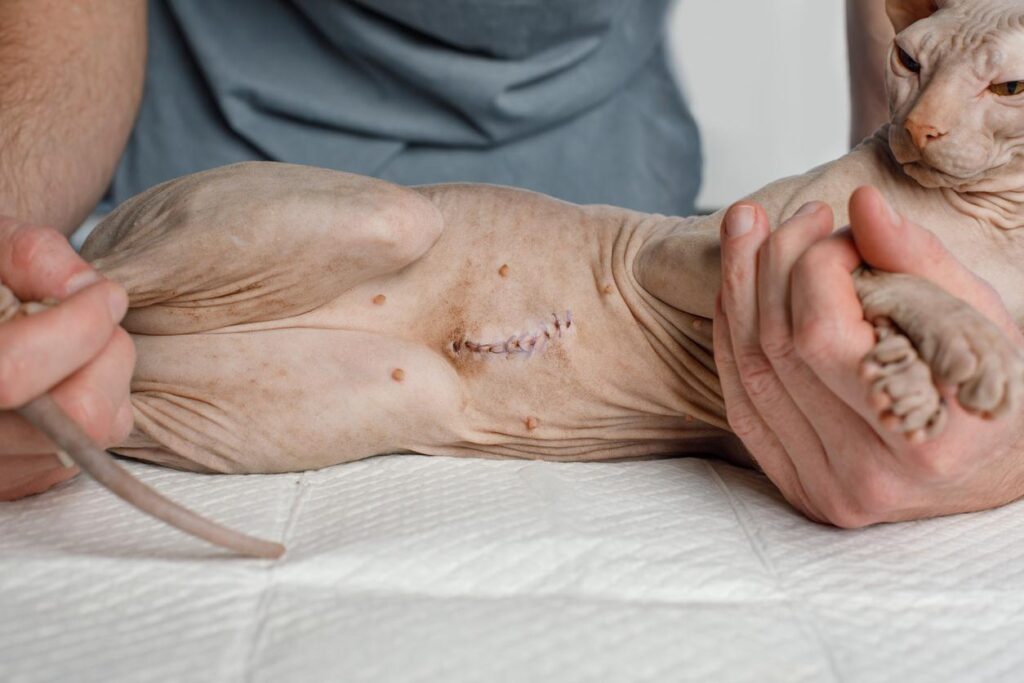
While sterilization rates are high in both countries, the widespread adoption of spaying and neutering in Japan contributes to a longer average life expectancy for the pet population. Sterilizing cats eliminates the risks associated with pregnancy and birth complications, reduces the likelihood of certain cancers (like mammary and testicular), and curtails the urge to roam and fight, which decreases the risk of trauma and infectious diseases like Feline Immunodeficiency Virus (FIV).
10. Focus on Specialized Feline Nutrition
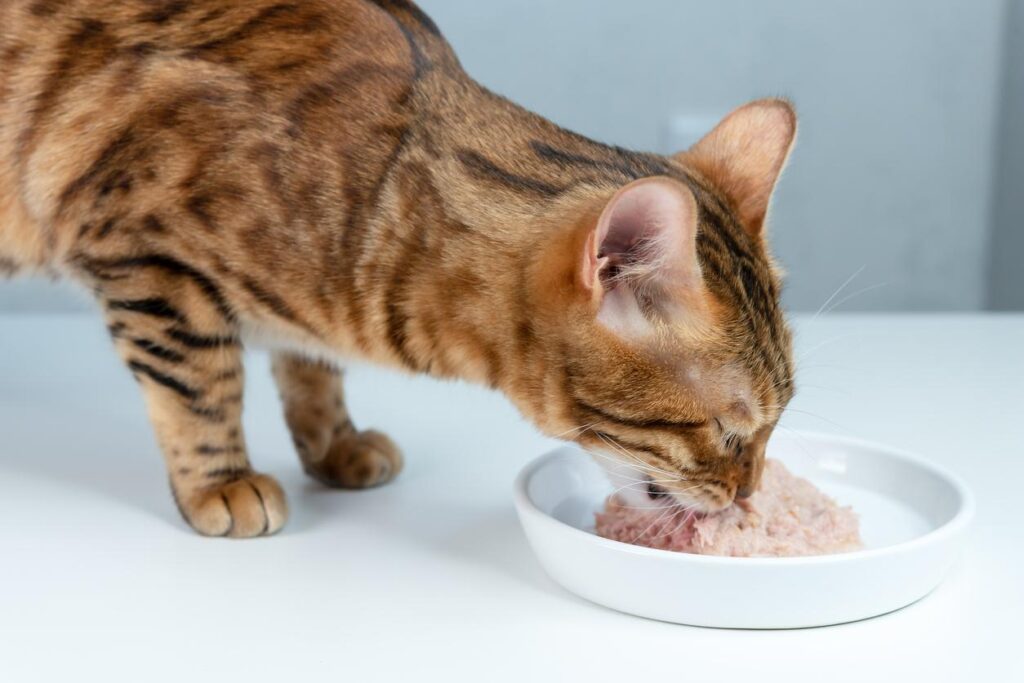
The Japanese pet food market is highly sophisticated, offering a wide array of specialized, high-quality foods that focus on feline-specific nutritional needs. This includes an emphasis on moisture-rich diets and formulas tailored to address common issues like renal health. The proactive use of diets formulated for different life stages and health conditions helps maintain optimal weight and organ function, which are foundational to a long and healthy life.
11. Cats as Symbols of Good Fortune and Companionship

In Japanese culture, cats hold a revered place as symbols of good luck, prosperity, and quiet companionship, famously embodied by the Maneki-neko (beckoning cat). This deeply rooted, positive cultural view elevates the cat’s status from a mere pet to a cherished family member or even a spiritual figure. This high regard naturally translates into a greater commitment from owners to provide meticulous and long-term care.
12. Strong Pet-Owner Attachment and Dedication

Surveys indicate a strong emotional attachment between Japanese owners and their cats, leading to a profound sense of responsibility for the animal’s well-being. This high degree of emotional investment motivates owners to spare no expense or effort when their cat needs complex or long-term medical care. The commitment is often lifelong, ensuring that cats receive continuous, high-quality attention even in their geriatric years.
13. Public Health Focus on Animal Welfare

The Japanese government and public health organizations place a considerable emphasis on animal welfare, enacting guidelines for the ethical treatment and keeping of pets. This societal-level focus ensures that businesses involved in animal shelter and care, from breeders to shelters, maintain high standards. These regulations contribute to a healthier population of pets entering homes, setting them up for a longer, safer life from the start.
14. Cats are a Perfect Fit for the Japanese Lifestyle
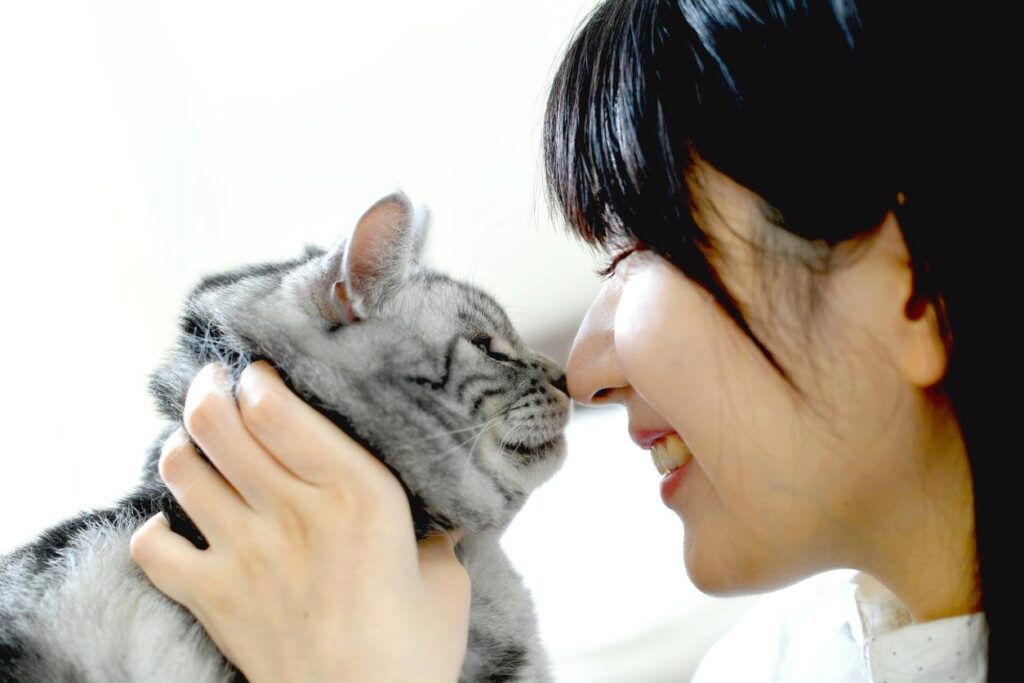
Cats, being independent, quiet, and requiring less demanding exercise than dogs, fit seamlessly into the busy, often space-constrained urban Japanese lifestyle. This compatibility means that cat ownership is less of a burden and more of a natural partnership, ensuring the pet’s needs are met consistently. When the pet harmonizes with the owner’s lifestyle, the commitment is sustainable and often more successful long-term.
15. Cat-Friendly Infrastructure and Products
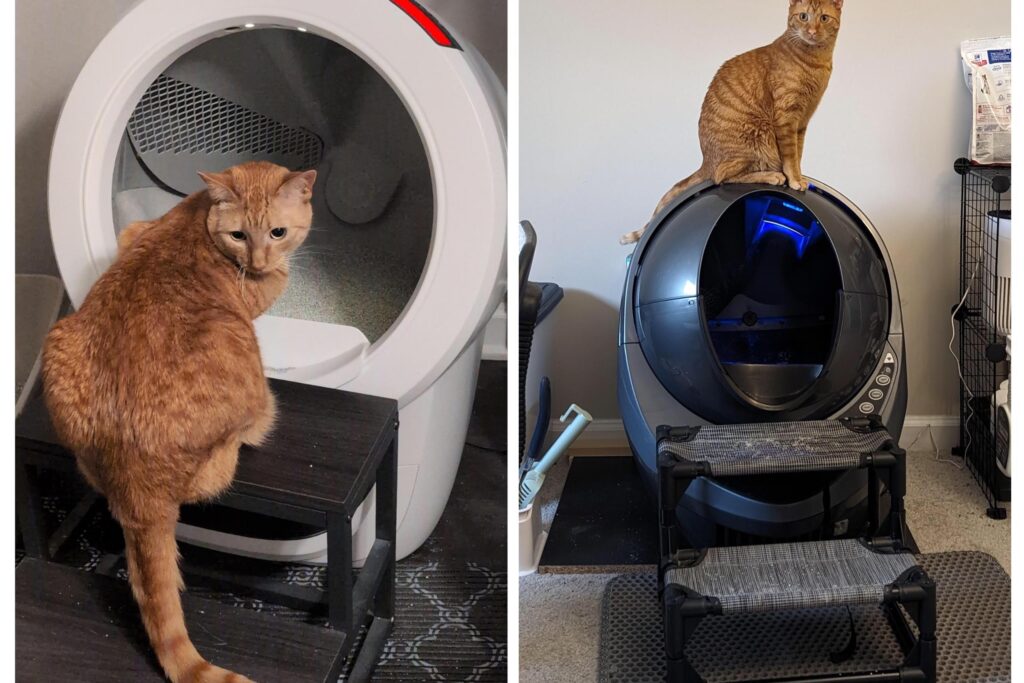
Japan has an extensive infrastructure dedicated to cats, from specialized cat cafes designed for relaxation to an abundance of high-tech cat products like automatic litter boxes and advanced health monitoring devices. The accessibility of this “cat-centric” market makes it easier for owners to provide an enriched, clean, and stimulating environment. Innovation in this sector directly supports better health and sanitation for indoor cats.
17. Reduced Exposure to Environmental Toxins
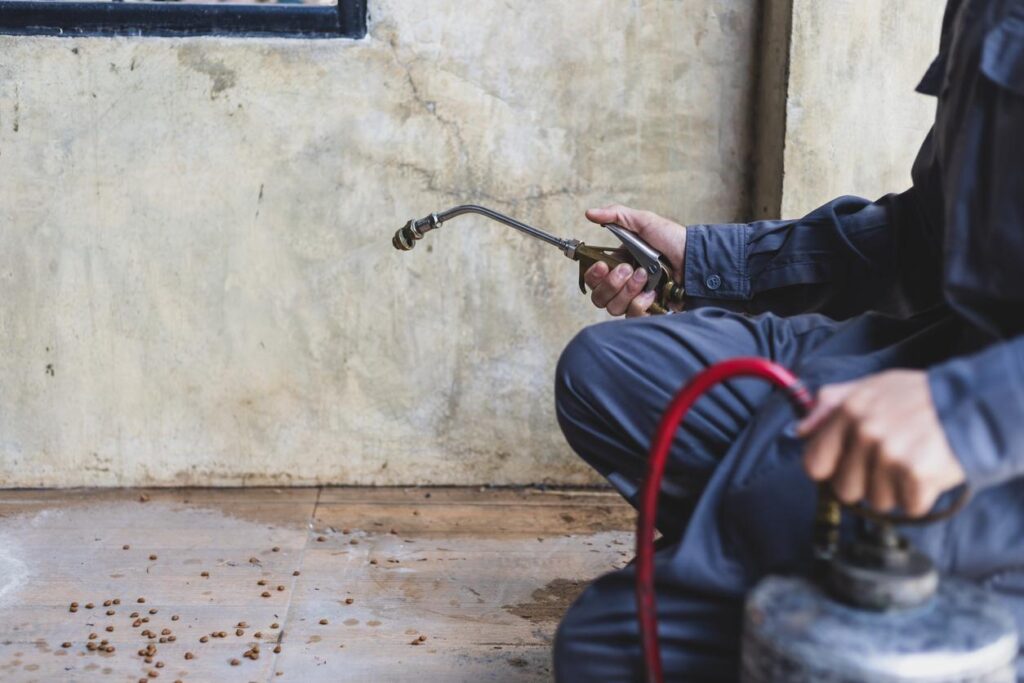
While not absolute, the structure of Japanese cities often means fewer cats are exposed to yard chemicals like pesticides and herbicides, which are common risks for outdoor-roaming cats in the US. The prevalence of indoor-only living, combined with dense, concrete environments that limit exposure to these toxins, results in a reduction of environmental health hazards that can negatively impact a cat’s long-term health.
18. Emphasis on Proper Geriatric Care

In Japan, there is a strong cultural acknowledgement and focus on senior pet care, often extending to providing hospice-level support at home. Veterinarians and owners work together to manage the unique challenges of geriatric cats, focusing on pain management, mobility support, and palliative care. This commitment ensures that even in their final years, cats receive comfort and dignity, preventing a premature decline in their quality of life.
19. A Culture of Continuous Learning in Pet Health
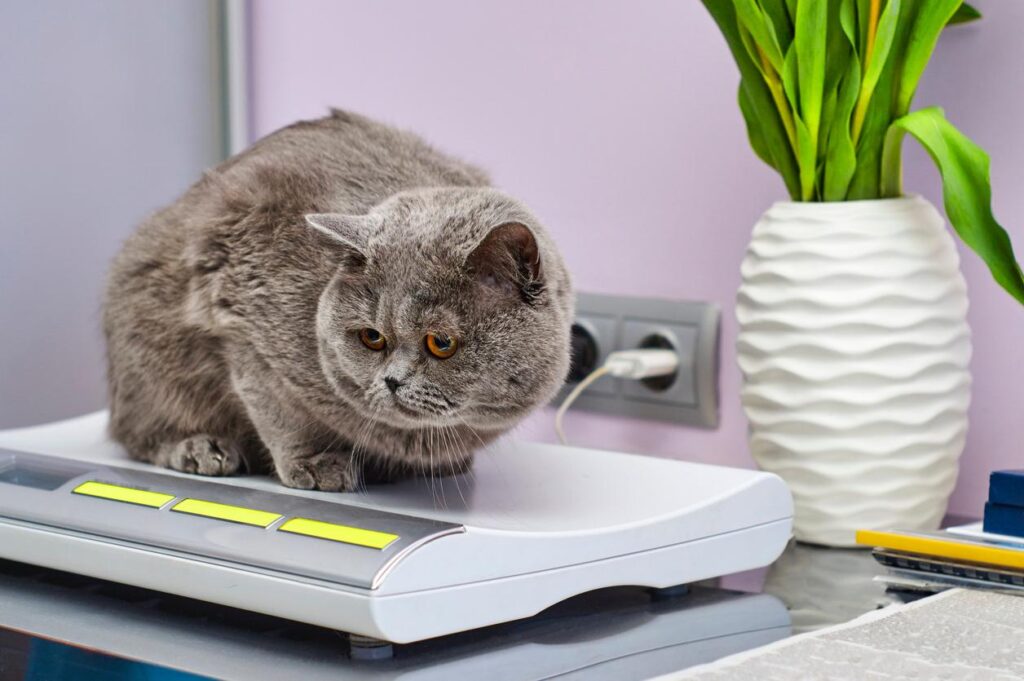
Japanese pet owners show a high level of engagement in learning about the latest pet health research and care techniques. This pursuit of knowledge, supported by readily available information and specialist pet media, translates into well-informed owners who are proactive about vaccination schedules, dental care, and recognizing symptoms. A knowledgeable owner is a cat’s best advocate, making informed decisions that promote exceptional longevity.
It’s clear that the impressive lifespans of cats in Japan are not due to one single cause, but a beautiful tapestry woven from scientific breakthroughs, proactive and attentive veterinary care, and a deep-seated cultural reverence for felines. As pet owners everywhere embrace the “indoor cat” model and demand more advanced medical care, the Japanese experience serves as a heartwarming blueprint for how to truly maximize the time we share with our beloved companions.
Like this story? Add your thoughts in the comments, thank you.
This story 19 Reasons Cats Live Twice as Long in Japan as They Do in the U.S. was first published on Daily FETCH


